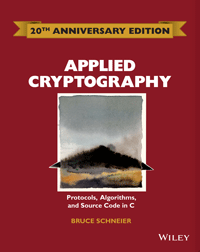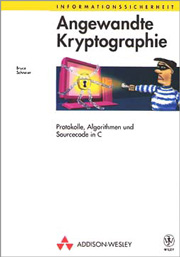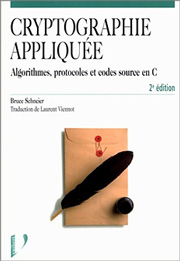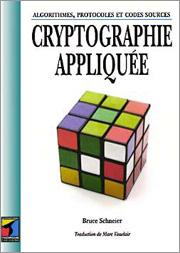By Matt Blaze
One of the most dangerous aspects of cryptology (and, by extension, of this book), is that you can almost measure it. Knowledge of key lengths, factoring methods, and cryptanalytic techniques make it possible to estimate (in the absence of a real theory of cipher design) the “work factor” required to break a particular cipher. It’s all too tempting to misuse these estimates as if they were overall security metrics for the systems in which they are used. The real world offers the attacker a richer menu of options than mere cryptanalysis; often more worrisome are protocol attacks, Trojan horses, viruses, electromagnetic monitoring, physical compromise, blackmail and intimidation of key holders, operating system bugs, application program bugs, hardware bugs, user errors, physical eavesdropping, social engineering, and dumpster diving, to name just a few. High quality ciphers and protocols are important tools, but by themselves make poor substitutes for realistic, critical thinking about what is actually being protected and how various defenses might fail (attackers, after all, rarely restrict themselves to the clean, well-defined threat models of the academic world). Ross Anderson gives examples of cryptographically strong systems (in the banking industry) that fail when exposed to the threats of the real world [43,44]. Even when the attacker has access only to ciphertext, seemingly minor breaches in other parts of the system can leak enough information to render good cryptosystems useless. The allies in World War II broke the German Enigma traffic largely by carefully exploiting operator errors [1587]…





